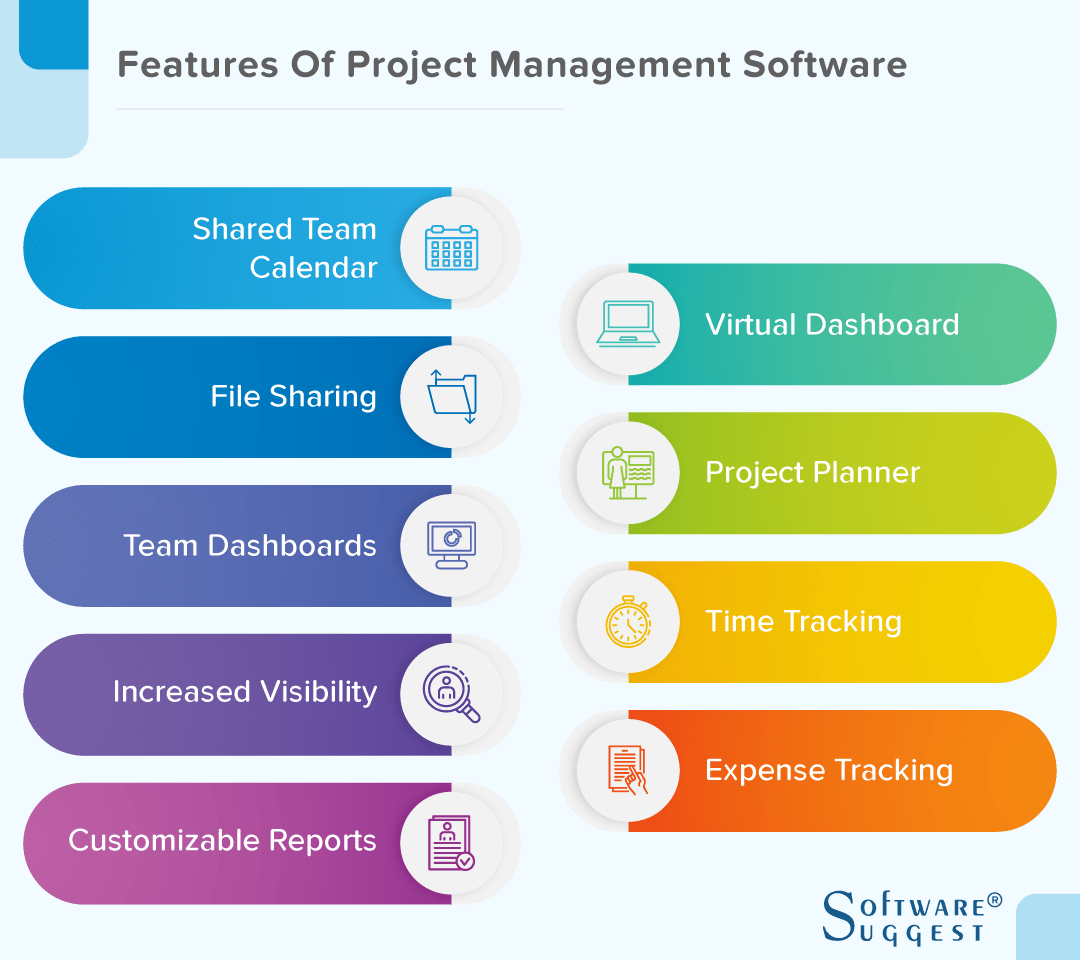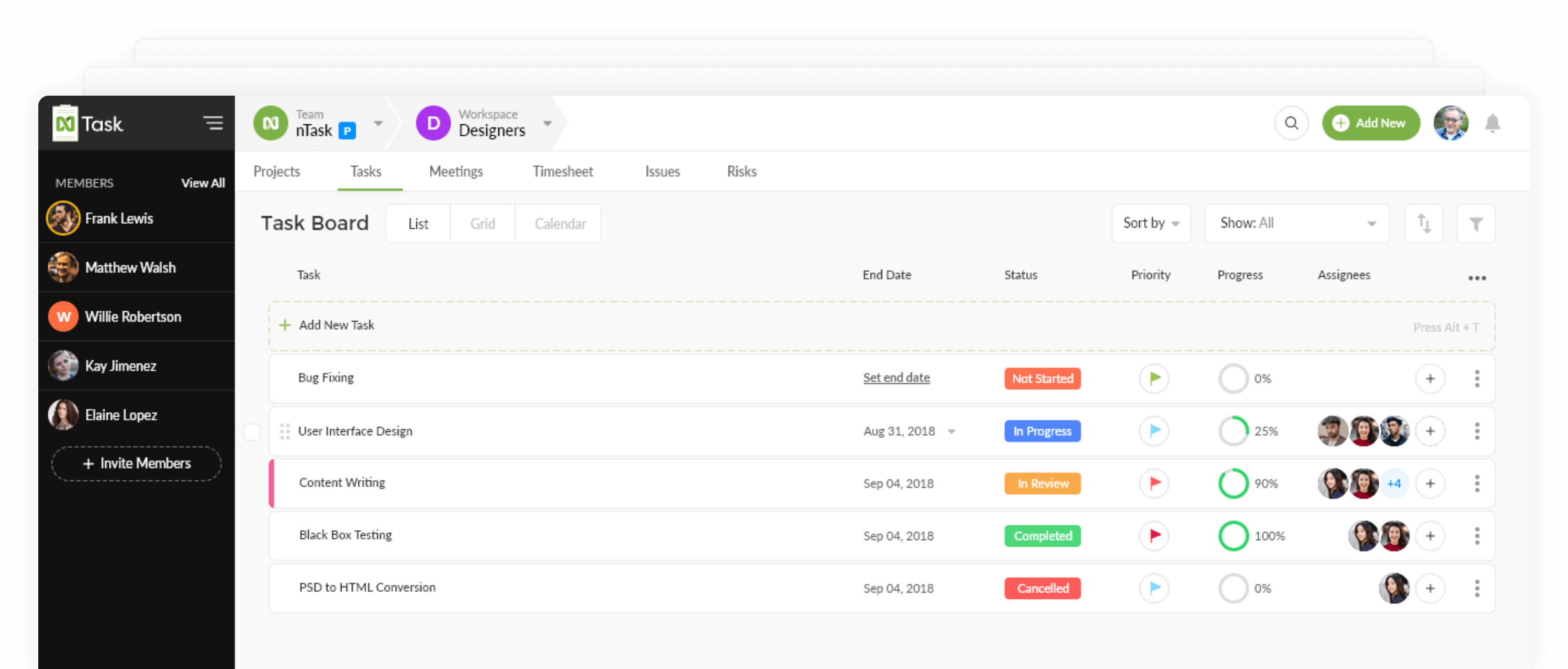Tentu, berikut adalah artikel tentang perangkat lunak manajemen proyek yang ditulis dalam gaya yang ramah SEO, mudah dibaca, dan bebas plagiarisme.
Judul: Project Management Software: Your Guide to Seamless Workflow and Efficient Teamwork
Kata Kunci: project management software, project management tools, workflow management, teamwork, collaboration, task management, project planning, project execution, project tracking, project completion, project success, software, tools, technology, productivity, efficiency, team communication, project timeline, Gantt chart, Kanban board, Scrum, Agile, waterfall, project budget, risk management, project reporting, project portfolio management, cloud-based project management software, on-premise project management software, free project management software, paid project management software, small business project management software, enterprise project management software.
Pendahuluan
You are standing at the precipice of a project, a vast and intricate landscape stretching before you. It’s a landscape of tasks, deadlines, team members, and potential pitfalls. The sheer scale can feel overwhelming, a dizzying array of moving parts threatening to collapse into chaos. But what if I told you there’s a map, a compass, even a sturdy pair of boots, all designed to guide you safely through this terrain? That’s the promise of project management software.
This isn’t merely about ticking boxes; it’s about understanding the subtle architecture of your project, anticipating its shifts and flows, and nurturing its growth from seedling to flourishing outcome. It’s about harnessing the power of technology to transform potential chaos into controlled, efficient, and ultimately, successful execution. Think of it as a silent partner, a watchful guardian, ensuring your project’s trajectory remains true to its course.
Choosing the Right Software: Navigating the Labyrinth
The market is awash with options, a dizzying array of features and promises. Before you succumb to the allure of flashy interfaces and exaggerated claims, consider your specific needs. What size is your team? What is the complexity of your projects? What is your budget? These are crucial questions that will help you navigate this labyrinth and emerge with the perfect tool for your needs.
Let’s begin by examining some key features to look for:
| Feature | Description | Importance |
|---|---|---|
| Task Management | Creating, assigning, and tracking tasks. | Essential for organizing and monitoring progress. |
| Collaboration Tools | Features facilitating communication and information sharing among team members. | Crucial for effective teamwork and efficient problem-solving. |
| Gantt Charts | Visual representation of project timelines and dependencies. | Provides a clear overview of the project schedule and potential bottlenecks. |
| Kanban Boards | Visual workflow management system for tracking task progress in real-time. | Useful for Agile methodologies and visualizing workflow bottlenecks. |
| Reporting & Analytics | Tools for generating reports on project progress, budget, and resource allocation. | Essential for monitoring project health and making data-driven decisions. |
| File Sharing | Centralized repository for project documents and files. | Ensures everyone has access to the latest information and prevents version control issues. |
The choice between cloud-based and on-premise software depends on your organization’s infrastructure and security needs. Cloud-based solutions offer accessibility and scalability, while on-premise solutions provide greater control over data and security. Consider also whether you need free or paid software; free options often have limitations in terms of features and scalability, whereas paid options typically offer more comprehensive functionalities and support.
Mastering the Tools: From Planning to Execution
Once you’ve chosen your software, the real journey begins. This is where you’ll learn to harness its power to orchestrate every aspect of your project, from the initial planning stages to the final triumphant completion.
-
Project Planning: This isn’t just about setting deadlines; it’s about meticulously defining scope, identifying resources, and outlining a clear path to success. Your software should help you break down complex projects into smaller, manageable tasks, assigning them to team members and setting realistic deadlines. Think of it as constructing a blueprint, ensuring every component fits perfectly into the overall design.
-
Project Execution: This is where the action happens. Your software provides the framework for collaboration, allowing team members to communicate, share updates, and track progress in real-time. The ability to seamlessly manage tasks, assign responsibilities, and monitor deadlines ensures that the project stays on track.
-
Project Tracking & Monitoring: This is where your software truly earns its keep. Through dashboards, Gantt charts, and Kanban boards, you gain a bird’s-eye view of your project’s health. You can identify potential bottlenecks, address roadblocks proactively, and adjust your strategy as needed, ensuring that you remain agile and responsive to changing circumstances.
-
Project Completion & Reporting: The final stage is about celebrating success and learning from the experience. Your software should provide tools for generating comprehensive reports, allowing you to analyze project performance, identify areas for improvement, and create a roadmap for future projects. This is where data transforms into valuable insights, shaping your future endeavors.
| Software Type | Pros | Cons | Best For |
|---|---|---|---|
| Cloud-based | Accessibility, scalability, collaboration | Reliance on internet connectivity, potential security concerns | Teams with remote members, growing businesses |
| On-premise | Greater control over data and security, no internet dependency | Higher initial investment, requires dedicated IT infrastructure | Organizations with high security requirements |
| Free | Cost-effective | Limited features, potential scalability issues | Small projects, individual users, testing purposes |
| Paid | Comprehensive features, better support, scalability | Higher cost | Larger projects, businesses with complex needs |
Integrating Your Software: A Symphony of Systems
Remember, your project management software isn’t an island. It should integrate seamlessly with other tools you use daily, such as email, calendar applications, and other business software. This integration ensures a smooth workflow, preventing information silos and fostering a more cohesive and efficient operation.
The Human Element: The Heart of the Project
Despite the technological sophistication of project management software, remember that at its core, project management is about people. Effective communication, clear expectations, and a collaborative spirit are essential for success. Your software is a tool, a powerful ally, but it cannot replace the human element—the creativity, the problem-solving skills, and the shared commitment that drive projects to fruition.
Conclusion
Project management software is not just a technological solution; it’s a transformative approach to project execution. It empowers you to navigate the complexities of your projects with confidence, transforming potential chaos into controlled, efficient, and ultimately, successful outcomes. By carefully selecting the right software and mastering its tools, you can orchestrate a symphony of tasks, deadlines, and team members, culminating in a harmonious and triumphant project completion. Embrace the power of technology, but never forget the human element—the beating heart of every successful endeavor.
FAQ
-
Q: What is the best project management software? A: There’s no single "best" software. The ideal choice depends on your specific needs, budget, and team size. Consider your priorities and explore different options to find the best fit.
-
Q: How much does project management software cost? A: Costs vary widely, from free options to enterprise-level solutions costing thousands of dollars per year.
-
Q: Is project management software difficult to learn? A: Most software offers intuitive interfaces and tutorials to help users get started. The learning curve depends on the complexity of the software and your prior experience.
-
Q: Can project management software improve team collaboration? A: Absolutely! Many platforms include features designed to facilitate communication, information sharing, and real-time collaboration.
-
Q: Can project management software help me manage my budget? A: Yes, many tools offer budgeting and cost tracking features to help you monitor expenses and stay within budget.
This article provides a comprehensive overview of project management software, aiming for clarity and a style accessible to an eighth or ninth-grade reading level. Remember to always research and compare different options before making a decision.



